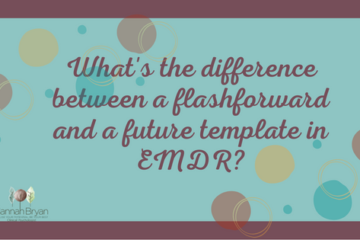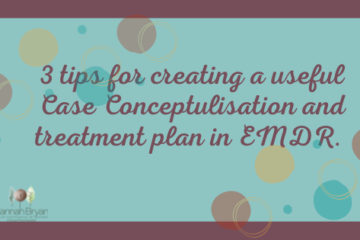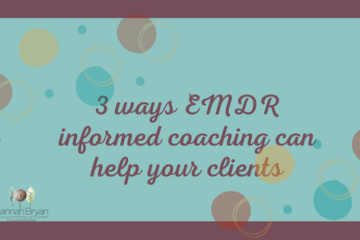In EMDR we talk a lot about different channels of association but what do we actually mean by this? Read on if you want to find out more about how to spot channels in processing and in particular how to spot when we might be at the end of one!
What is a channel of association?
I always think of my hand when I think about channels of association, bear with me here, it will make sense in a minute 😂. So the palm is the memory I’m working on and my thumb and fingers are different channels that are associated and connected to the palm in the middle. We start at the palm and then go up each thumb/finger always coming back to the palm to see where we will go next.
Channels of association can involve lots of different things and we do want the diversity to be there. It can include images, memories, feelings, taste, smell, thoughts, words, sensations, sounds etc etc anything goes really. We just generally want the client to just notice and go with it.
When I first started using EMDR with my clients I don’t think I was really aware of listening out for end of channels. I wasn’t returning to the target. You know I think it was one of those pieces of information that my mind lost after the training . This was a topic I wrote about in a recent blog, Click here to read more about how much information we can lose after learning something new. I was unsure about when I could recognise that the client was at the end of the channel. I don’t think I fully appreciated what I needed to listen out for.
So now, going back to training and being Facilitator, helping other therapists train in EMDR has taught me so much. I love a rule, something that I can look out for and then choose to be flexible within. The way I have now been taught to think about end of channels is to listen out for 2 p’s or 2 n’s. Read on to find out more about.
Positive
This might be quite easy to spot as when you ask the client what they get now they say something positive. This could include “I feel calm” “That’s better” “It wasn’t my fault” “I’m a good person”. Now what I often notice is that it feels good when we get to this point so it can feel a bit mean to pull the client back to the distress and back to the target memory. But remember the reason you are doing EMDR is to process the distress associated with the trauma memory. The more time we can spend processing and releasing this distress the better.
Plateau
Now, a plateau in my opinion is much more difficult to spot. It can feel genuine and that something is happening in processing. But you might find yourself thinking, we’ve been here before, my client reflected on something similar a few moments ago. It can feel that nothing new or different is coming up. Well then we might be at the end of a channel. There is no harm in returning to the target memory and setting off on another journey on another channel.
Nothing
We may have been processing along with our clients and they have been doing great, in and out of the emotion, feeling the feelings, remembering different parts of the trauma memory. Then suddenly they just get to the point of nothing. And when we ask what do you get now, they simply say nothing. Great, they may simply be at the end of the channel. So that’s 1 so let’s go back to the memory and see where we next go to on our journey.
Neutral
It always helps me to remind myself that the main reason I am processing clients trauma memories is to work through the distress, the negativity so that they can move on and live a better life in the here and now. So whilst it might be nice to be sat with a client and they are just getting neutral things when we ask what do you get now, we actually want them to focus on the memory and the distress associated with this. My clients might say things like “I don’t feel as connected to the memory” “yes it happened but it was in the past” “nothing strong is coming up for me” “I’m thinking of something else that happened that day.”
If a fly on the wall watched an EMDR session they might see the therapist doing some movements with their hands and then occasionally saying things like “what do you get now”. Anyone can do that right? Yes in the therapists mind there is so many questions, thoughts, reflections, awareness that’s going on. So my eager ear is often listening out for evidence that we are at the end of a channel. When I hear 1 positive, plateau, nothing or neutral I sit hoping that we will get another on the next set and we can return to the target memory. This for me means that processing is moving forward.



0 Comments